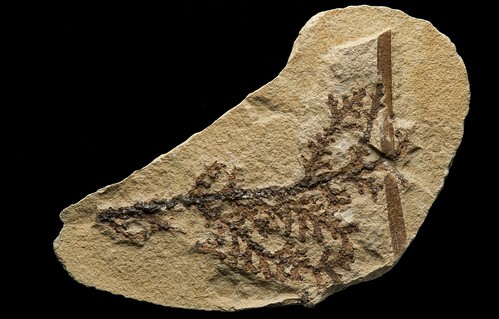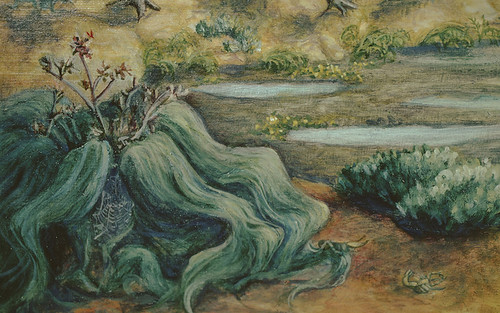DIY Cards

Nymphaeales (Water Lily)
Cretaceous


Water lily fossils have been found as early as the Cretaceous period. Point Value: 1 Ptero Tidbit: Pterosaurs may have traveled in flocks or gathered at the same spots to feed.

Brachyphyllum
Jurassic/Cretaceous


These coniferous trees lived all over the globe during the Jurassic and Cretaceous periods. Point Value: 1 Ptero Tidbit: In the Jurassic Period a new group of pterosaurs emerged. They had shorter tails, longer hands and neck bones, and bony crests on top of their heads.

Nymphaeales (Water Lily)
Cretaceous


Water lily fossils have been found as early as the Cretaceous period. Point Value: 1 Ptero Tidbit: Pterosaurs may have traveled in flocks or gathered at the same spots to feed.

Aeger elegans
Jurassic


Aeger elegans is a species of shrimp that was found in the Solnhofen limestone of Germany. Point Value: 1 Ptero Tidbit: Pterosaurs all had the same basic body plan, but different species could vary dramatically.

Gnetales
Cretaceous


Gnetales are an evolutionary step between cone-bearing conifers and modern flowering plants, displaying BOTH cones and flowers. Point Value: 1 Ptero Tidbit: Baby pterosaurs were very independent. With long wings and toothy jaws, they could probably live on their own right away after hatching, even able to find their own food.

Gingko
Cretaceous


The fan-shaped leaves of this ancient ginkgo tree, now, extinct, are similar to modern ginkgo leaves. Point Value: 1 Ptero Tidbit: When pterosaurs walked, they tucked in their wings. The fourth finger was connected to the hand by a roller joint, so the wings could fold like umbrella spokes.